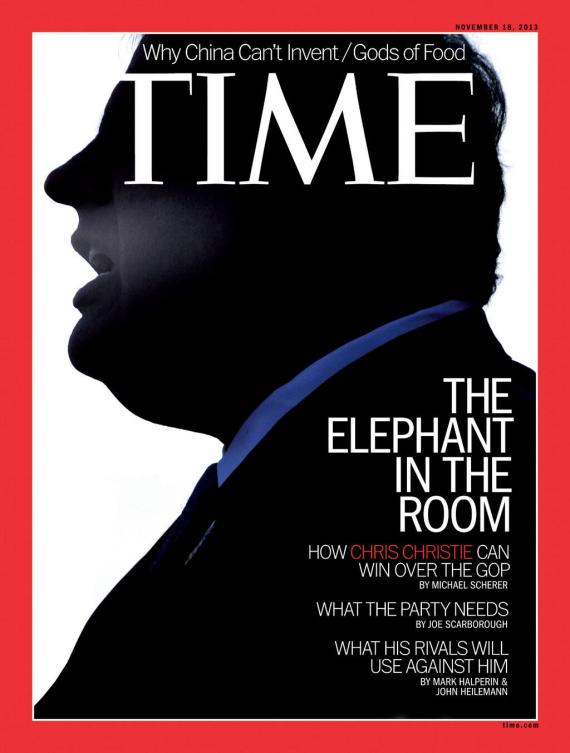A couple of days ago, my mom and I went to our
local Dominick’s to pick up some snacks for school. We were surprised with the
number of people that were waiting in line. The usual number of people at
Dominick’s was almost doubled that day. Customers filled baskets, and some even
filled carts. Apparently, Dominick’s
is closing and announced their store closure sale. With almost everything
50% off, many people in the community took the closing as an opportunity to
spend less money on essentials we could stack up on. My instinct was the same.
I am guilty of this as well, but a lot people used the closing as an excuse to
buy items they didn’t even need. Many customers were happy an excited about the
great sale, but when I thought about the situation more, I realized that this
closure was actually very bad for some people. Dominick’s is being replaced
with Mariano’s in late December, and I thought about all the people that are
losing their jobs because of this closing.
The article from the link above says “Dominick’s
employee Teresa Torres, who has landed a job at Jewel-Osco, was out taking
advantage of the sale Friday. Her cart was filled to the brim.” So
what about the employees that don’t have a set job after Dominick’s closes? Do
you think they’re happy shopping in the sale? The Bureau of Labor Statistics
says that in the U.S., 2009 had the greatest unemployment rate, averaging at
around 9.5-10.0%. Since then, the unemployment rate in the U.S. has steadily
decreased, and the unemployment rate during November of this year was 7.0%.
It’s great that the unemployment rate is decreasing, but what about the rest of the 7.0%
that is unemployed? How low do you think the unemployment can ever drop? Does America need a specific percentage of people to be unemployed?






